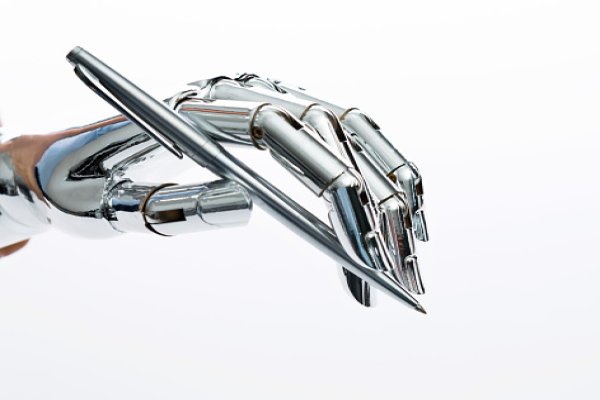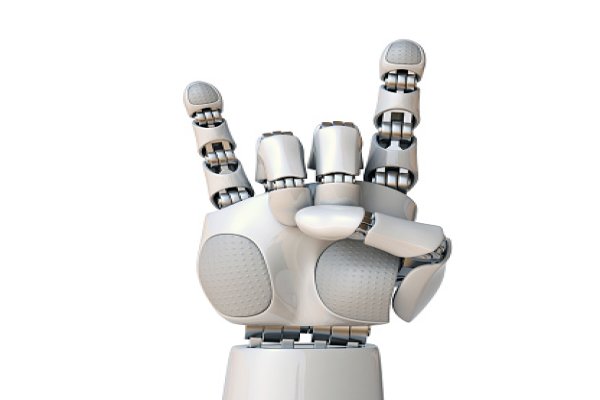As suicide continues to be a leading cause of death worldwide, researchers are looking for new and improved ways to detect which individuals may be in high-risk situations. Recent studies have shown that artificial intelligence (AI) can play an important role in identifying people at greater risk of taking their own lives, providing valuable information that could help save lives.
A recent investigation outlined a synthetic intelligence system that could assist in pinpointing the risk of suicide for female individuals suffering from trauma-related problems.
A study conducted by researchers from Worcester Polytechnic Institute (WPI) and McLean Hospital in Belmont, affiliated with Harvard Medical School, assessed the use of Artificial Intelligence (AI) to forecast and gain greater insight into suicidal self-injury.
The suicide rate for females in 2020 was 5.5 per 100,000 people, as reported by the Centers for Disease Control and Prevention. In the 20 years between 2000 and 2020, there has been a significant 30 percent rise in suicides across both genders.
The European Journal of Psychotraumatology published a study to investigate whether Artificial Intelligence can be used to identify women who are in danger of suicide to reduce the increasing rates of suicide.
In this research, 123 females at McLean Hospital were considered, with 93 having experienced child abuse and PTSD, and different degrees of dissociation. Thirty other participants served as the control group.
A team of investigators created an algorithm to anticipate suicide attempts among members and recognize subpopulations of individuals who had the highest likelihood of getting into a suicidal state of mind.
The researchers employed Artificial Intelligence techniques to categorize the information and reveal patterns. This analysis unveiled a wide range of dissociative symptoms, like the inability to join one’s identity with their surroundings. The press release suggested that this was commonly caused by trauma.
An algorithm was trained after this step to detect differences between patients with various dissociation levels and the 30 healthy controls. It was found that the algorithm could precisely identify particular dissociative symptoms and had an accuracy of 83 percent in predicting prior suicide attempts.
The study’s findings not only highlighted the AI’s capacity to recognize thoughts of self-harm and previous suicide attempts correctly but also emphasized clinicians having to evaluate patients for signs of dissociative disorder.
Dmitry Korkin, Ph.D., holds the prestigious title of Harold L. Jurist ’61 and Heather E. Jurist Dean’s Professor of Computer Science at WPI, stated in a press release.
Dmitry Korkin says:
“We’re trying to say that among these hundreds of symptoms and indicators, our results suggest these two or three symptoms may be helpful to focus in on.”
AI is becoming more widely used to create prediction models that enhance healthcare services.
Penn State researchers announced in October 2022 that they would utilize a grant from the National Science Foundation to develop AI-based machine-learning algorithms for surveying longitudinal data to predict health risks.
The scientists observed that the physiological data gathered during hospital visits could be useful in forecasting health hazards and monitoring how those dangers evolve with time. To make the most of this information, they intend to develop machine-learning algorithms to process it and extract crucial health risk knowledge.
In August 2022, an AI-based risk prediction model was created to use labor characteristics to predict possible outcomes during childbirth.
To reduce the clinical hazards women encounter in childbirth, researchers developed a tool to use information gathered at the beginning of labor, such as existing conditions, recent medical evaluations, and overall labor progress from admission. This data can then be employed to anticipate potential risks more accurately.
The researchers found that the AI risk prediction model was accurate and appropriate after they tested it on data from thousands of delivery episodes.
In light of the above findings, it is evident that machine learning can be used to predict those at risk for suicide. However, limitations do exist in the form of data availability and interpretation. As digital life becomes more commonplace, it will be interesting to see how this research develops and what other implications arise.
Source: healthitanalytics



